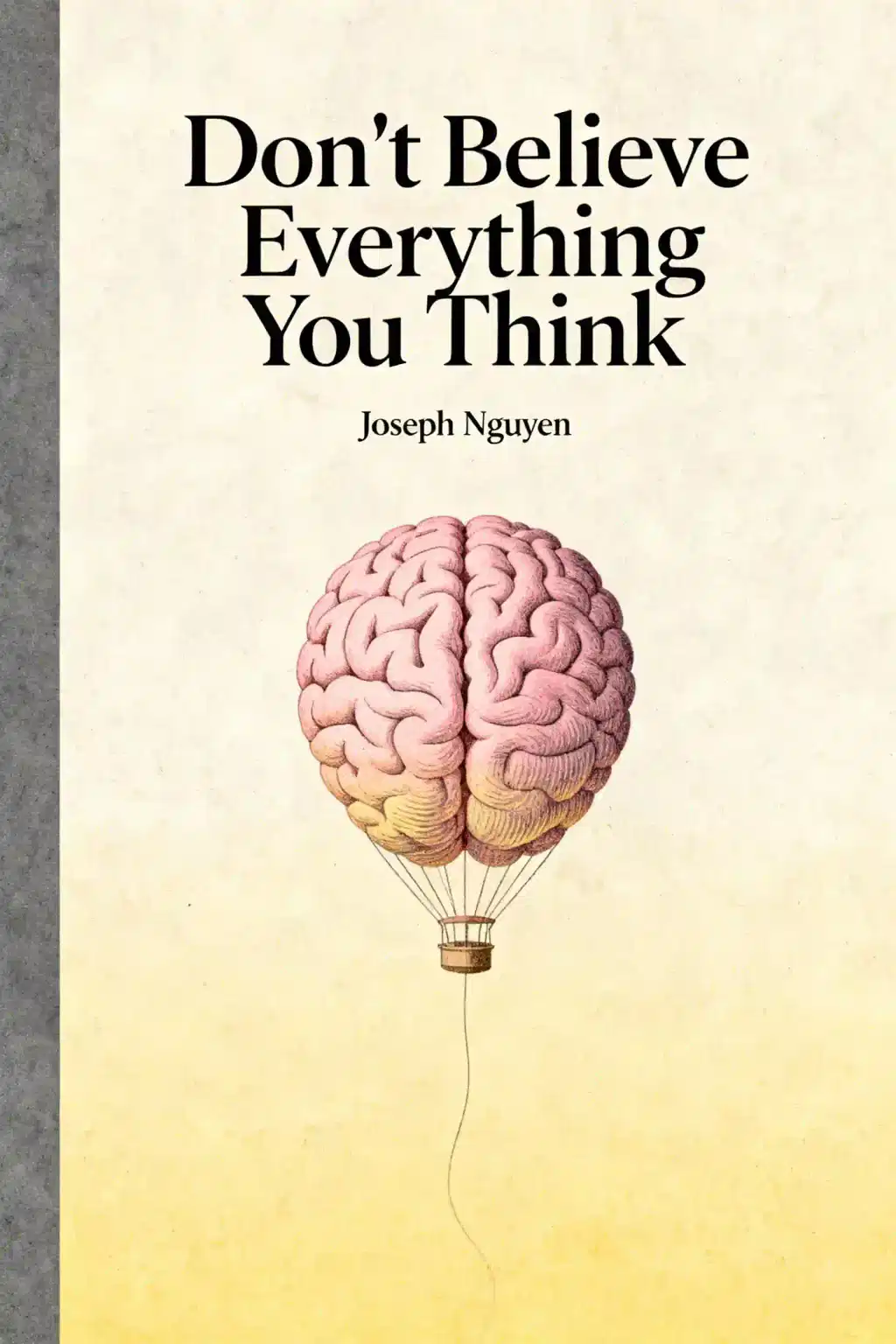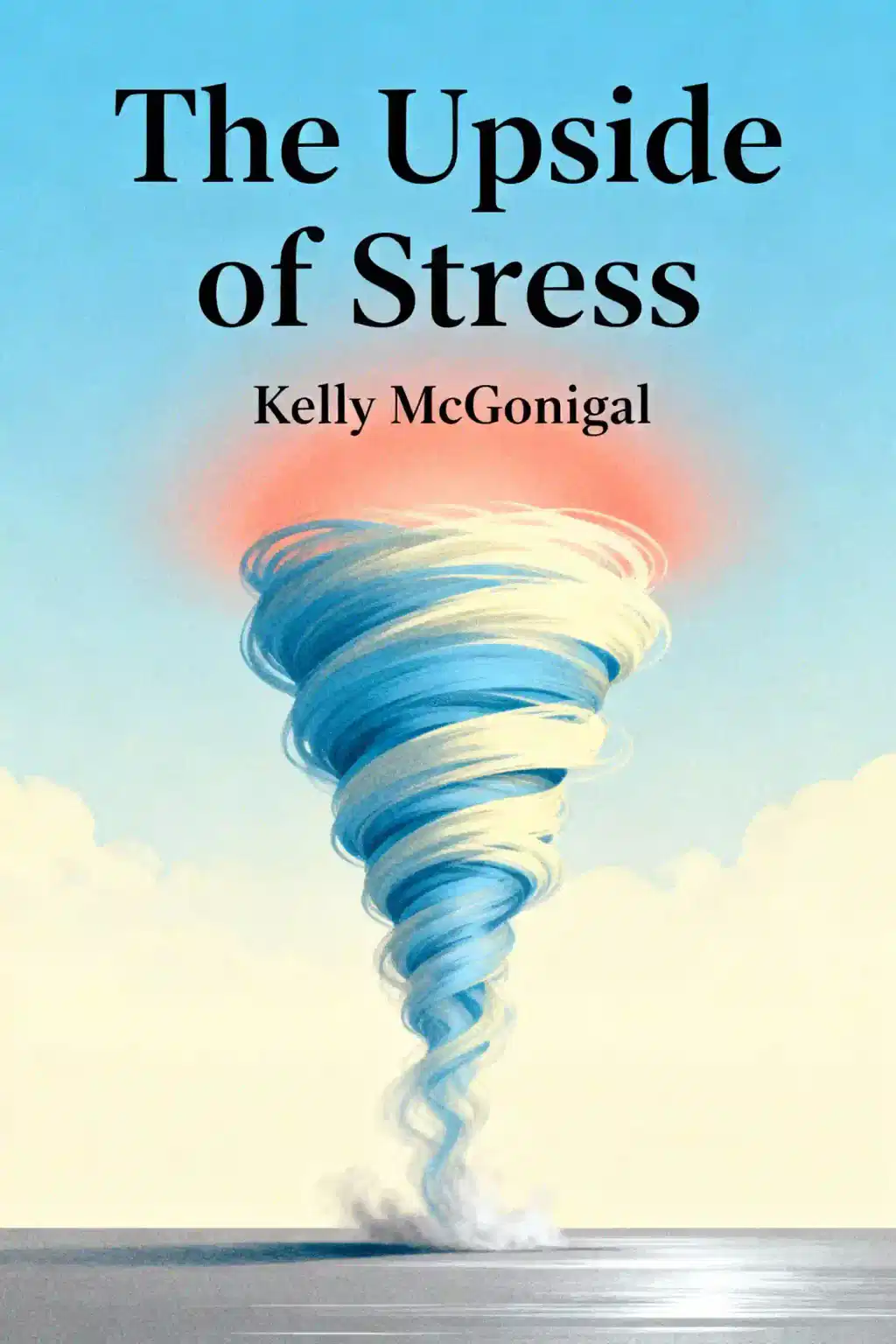What is
Don't Believe Everything You Think about?
Don't Believe Everything You Think by Joseph Nguyen explores how overthinking fuels anxiety, self-doubt, and emotional suffering. It argues that true peace comes from detaching from negative thought patterns and accessing inner wisdom. The book blends psychological insights with spiritual principles, teaching readers to reframe challenges and cultivate joy regardless of external circumstances.
Joseph Nguyen is the #1 international bestselling author of Don't Believe Everything You Think, which has been translated into 31+ languages. His work focuses on transcending psychological suffering through mindset shifts and consciousness expansion. Nguyen draws from personal experience and timeless philosophies like Buddhism to help readers unlock their innate potential.
Who should read
Don't Believe Everything You Think?
This book suits individuals struggling with anxiety, self-sabotage, or overanalysis. It’s ideal for those seeking actionable strategies to break free from limiting beliefs without relying on willpower. Readers interested in mindfulness, spirituality, or personal growth will find its emphasis on inner wisdom and perception shifts transformative.
Is
Don't Believe Everything You Think worth reading?
Yes, for its concise, practical approach to mental freedom. While some critics find its thesis oversimplified, readers praise its relatable anecdotes and actionable steps to reduce overthinking. It’s particularly valuable for learning to separate transient thoughts from lasting peace.
What is the main message of
Don't Believe Everything You Think?
The core message is that suffering originates from overidentifying with thoughts, not external events. Nguyen teaches that by observing thoughts without attachment, individuals can access unconditional joy and create their desired reality. As he states, “Darkness only exists because of the light”—emphasizing inherent resilience.
How does Joseph Nguyen suggest overcoming anxiety?
Nguyen advises recognizing that anxiety stems from believing negative thoughts as truths. By practicing non-judgmental awareness, readers can interrupt rumination cycles. He stresses that feelings arise from thinking about events, not the events themselves, empowering readers to reframe perceptions.
What are the key concepts in
Don't Believe Everything You Think?
- Thought vs. Thinking: Thoughts are neutral, but active thinking amplifies suffering.
- Consciousness Expansion: Lasting change requires transcending problem-level thinking.
- Inner Wisdom: Intuition, not logic, guides authentic decisions.
- Perception Reframing: Emotional states depend on interpretation, not circumstances.
Does
Don't Believe Everything You Think reference other philosophies?
Yes, Nguyen aligns with Buddhist detachment principles, Taoist flow concepts, and Shakespearean insights on overthinking. Chapter epigraphs nod to these traditions, though the main text focuses on modern applications rather than deep philosophical analysis.
What are the criticisms of
Don't Believe Everything You Think?
Critics argue the book oversimplifies complex mental health challenges and lacks empirical evidence. Some note repetitive advice and insufficient tools for deep-seated trauma. However, supporters value its accessibility for initiating mindset shifts.
How does
Don't Believe Everything You Think compare to
The Power of Now?
Both emphasize present-moment awareness, but Nguyen’s approach is more tactical for overthinkers, while Tolle’s The Power of Now delves deeper into spiritual theory. Nguyen’s book suits readers seeking concise steps, whereas Tolle appeals to those exploring existential themes.
Can
Don't Believe Everything You Think help with self-sabotage?
Yes, by addressing the root cause: belief in self-limiting narratives. The book teaches readers to recognize sabotaging thought patterns and redirect energy toward intentional action. It’s particularly effective for breaking cycles of procrastination and perfectionism.
What practical exercises are in
Don't Believe Everything You Think?
- Thought Labeling: Categorize thoughts as “helpful” or “unhelpful” without judgment.
- Sensory Grounding: Shift focus to physical sensations during anxiety spikes.
- Journal Prompts: “What would I do if I trusted my intuition?” to bypass overanalysis.

















